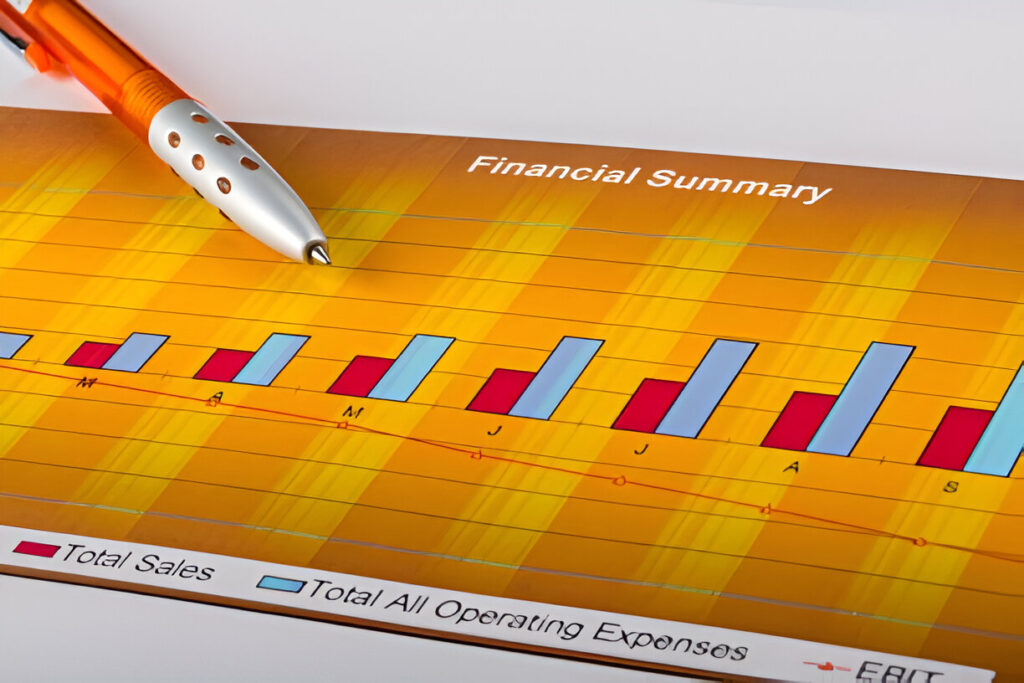In the world of fundraising, every moment with potential investors is critical. You’re not just presenting an idea; you’re presenting yourself as the entrepreneur capable of turning that idea into a thriving business. Winning investor confidence is about much more than a great product or service. It’s about demonstrating resourcefulness, financial understanding, and a clear path to commercial success.
To secure the investment you need, there are three essential assets you must have at your disposal: compelling pitch materials, robust financial projections, and a meticulously crafted business plan. Each of these assets plays a crucial role in proving your business is viable and that you, as an entrepreneur, can deliver strong returns. This article delves into these three critical fundraising assets and how to leverage them to stand out in a competitive marketplace.
1. Pitch Materials: Captivating Investors from the Start

Your pitch materials are your first and most important opportunity to captivate investors. They are the foundation of your fundraising journey, providing a clear and compelling narrative of your business idea, its potential, and your broader vision. The pitch materials should capture your interest and position you as a resourceful entrepreneur capable of executing your business plan.
Investor Pitch Deck
The Investor Pitch Deck is your most essential piece of collateral, typically comprising 15-20 slides that provide a concise yet detailed overview of your business. This deck should be designed to be shared independently, allowing investors to review it even in your absence. The goal is to create an engaging and informative presentation highlighting your vision, market opportunity, unique value proposition, and path to profitability.
Presentation Pitch
The Presentation Pitch is a simplified version of your Investor Deck, stripped down to its core visual elements. This version is used when you present your pitch in person or via video conferencing. By reducing the content to essential visuals and bullet points, you can ensure that the focus remains on your narrative and delivery rather than overwhelming investors with too much text on the screen.
Teaser Pitch
A Teaser Pitch serves as the hook. It’s a brief, high-level introduction to your product or service to generate curiosity and interest. The goal is to present enough information to inspire investors to request more details. Think of it as the elevator pitch of your pitch materials.
One-Pager
The One-Pager is a brief document typically requested by angel investors or venture capital firms. It provides a snapshot of your business model, market opportunity, and key financial metrics. The aim is to give potential investors a reason to invite you for a deeper discussion.
Expression of Interest Form

An Expression of Interest (EOI) form is a powerful tool for securing early-stage commitments from investors. By having investors sign an EOI, you gain a sense of their commitment level and create momentum for your fundraising round. Gathering EOIs early on can help you maintain leverage and avoid scrambling if some investors decide to drop out later in the process.
2. Financial Projections: Providing a Roadmap for Returns

Investors are laser-focused on numbers. They want to know that you’ve done your homework and clearly understand your business’s financial future. Your financial projections need to be comprehensive, well-researched, and realistic. Sloppy or overly optimistic forecasts are a surefire way to lose investor confidence.
Five-Year Forecast
Your financial projections should cover at least five years, including key metrics such as revenue growth, profit margins, and cash flow. Investors expect a clear trajectory showing how their investment will generate returns over time.
Profit and Loss Projections
Your profit and loss (P&L) projections are fundamental to your financial forecasts. These should detail your expected revenues and costs, broken down by year, and provide insight into how you plan to achieve profitability.
Cash Flow Summary

A cash flow summary is critical for demonstrating how you plan to manage the inflows and outflows of cash within your business. Investors want to see that you can maintain positive cash flow, avoid liquidity crises, and manage operational costs efficiently.
Balance Sheet
A rolling balance sheet provides a snapshot of your company’s assets, liabilities, and equity over time. It’s a crucial tool for investors to assess your business’s financial health and long-term viability.
Key Financial Metrics
Include vital financial metrics such as customer acquisition costs (CAC), lifetime value (LTV), and gross margin percentages. These metrics help investors understand your business model’s underlying economics and scalability.
3. Business Plan: Building a Case for Commercial Success

The business plan is the foundation of all your fundraising efforts. It’s where you provide the detailed strategy behind your financial projections and pitch materials. Investors will scrutinise every aspect of your plan to ensure you’ve considered the critical elements required for success.
Market Research and Demand Analysis
A thorough analysis of the market opportunity is essential. Investors want to know that there is significant demand for your product or service and that you plan to capture market share. Include data on market size, growth potential, and customer demographics to strengthen your case.
Operational Plan
Your operational plan should outline how you intend to run the day-to-day aspects of the business. Investors will seek evidence that you have the necessary infrastructure, partnerships, and team to execute your strategy.
Growth Strategy

Detail your long-term growth strategy, including plans for scaling the business, entering new markets, and potentially acquiring other companies. Investors want to see a roadmap for growth that includes realistic milestones and timelines.
Investment Objectives and Exit Strategy
Savvy investors always have an eye on the exit. Your business plan should include a clear outline of how much capital you need, how you will use it, and your exit strategy. Whether it’s an acquisition, an IPO, or another form of exit, investors want to know how and when they’ll see a return on their investment.
Risk Assessment
Identify the risks associated with your business and how you plan to mitigate them. Investors will appreciate your honesty and thoroughness in addressing potential challenges related to market competition, regulatory issues, or operational risks.
Conclusion: Are You Ready to Secure Investment?
By developing these three critical fundraising assets—pitch materials, financial projections, and a business plan—you position yourself as an entrepreneur who is prepared, knowledgeable, and capable of delivering solid returns to investors. The combination of these assets provides a robust case for why you and your business are worth backing.
Arming yourself with these tools boosts your credibility and helps you stand out in a crowded investment landscape. If you’re ready to take the next step, consider working with professional investment advisors who can help you refine these assets and increase your chances of success.












